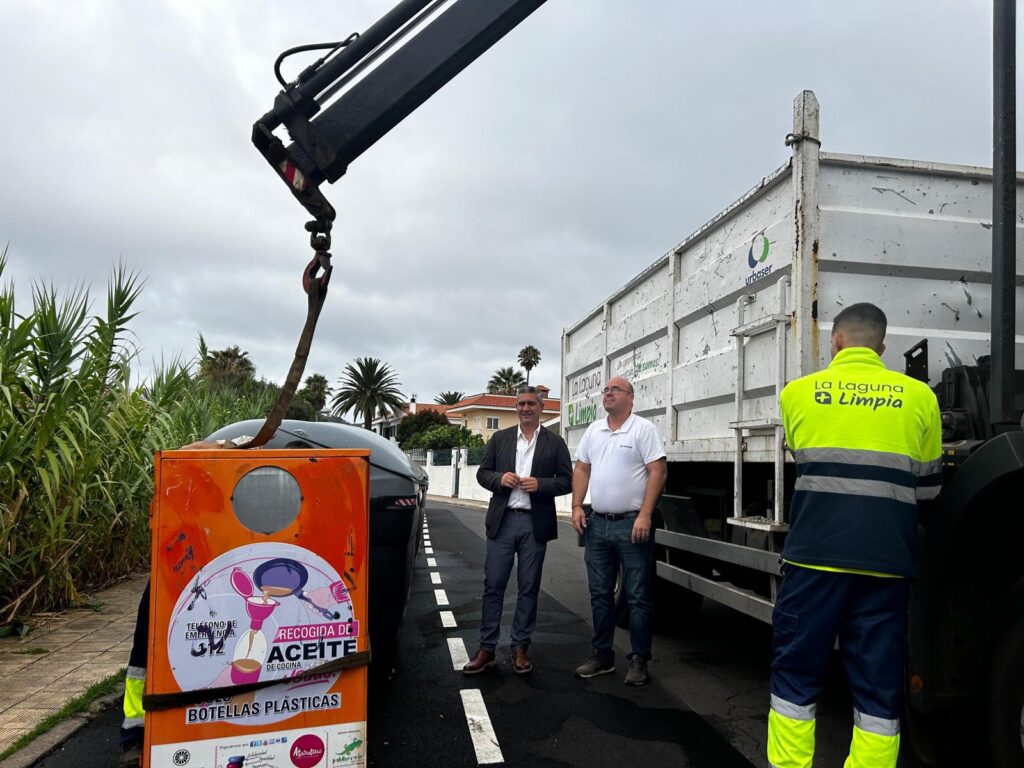
SANTA CRUZ DE TENERIFE, 24 Sep. (EUROPA PRESS) –
The Teide Cable Car unveiled a new propulsion system for its cabins, powered by photovoltaic solar energy, at its premises in Cañadas del Teide National Park this Tuesday, effectively bringing CO2 emissions down to zero.
As a result, the Teide Cable Car claims the title of being the first isolated system globally that operates solely on solar energy.
The introduction of this system signifies a complete elimination of the carbon footprint of this facility, reinforcing Tenerife’s position as an increasingly eco-friendly tourist destination, where the appreciation of natural landscapes is harmonised with environmental protection and care.
The system set up by Teleférico del Teide capitalises on the latest technological advancements and incorporates the ability to store and distribute energy throughout the venue, as stated by the company.
This energy storage system for the cable cars employs a methodology that integrates photovoltaic panels and batteries, developed by engineers from Switzerland, Germany, and Spain.
HARNESSING SOLAR ENERGY AND CABLE MOVEMENT
This approach utilises both sunlight and the downward movement of the cabins, ensuring a reliable and consistent power supply that ensures the functionality of the existing cable car facilities, thereby preventing the release of harmful gases into the atmosphere.
The generator that has provided electricity until now will only be retained as a backup for emergencies or necessity.
Regarding such a significant investment initiative linked to sustainability within a protected area of premier status in Spain, Rosa Dávila, the president of the Cabildo de Tenerife, remarked at the inauguration of the new photovoltaic installation that this project “positions Tenerife at the forefront globally within a national park, with a 100% sustainable system powered by solar energy, taking an essential stride towards the reduction of greenhouse gases.”
Dávila emphasised that “today marks a pivotal moment for Teide and Tenerife; the global technological community is keenly interested in this example set towards a more eco-sustainable island.”
In a related sentiment, Ignacio Sabaté, the managing director of Teleférico del Teide, conveyed that this project aims to deliver a hopeful and dedicated message, “showing that actions can and should be initiated to combat climate change.”
“If we are capable of achieving this under challenging technical conditions, all institutions and businesses should also commit to the same objective,” he asserted.
This recent renewable energy installation stands as one of the most significant investments in the history of the Teide Cable Car, amounting to a total of two million euros, primarily funded through internal resources, with some support from EU Next Generation funds.
The cable car operates as one of the few electrically independent systems globally, meaning it is not connected to the public or traditional grid, as power lines are absent within the national park.
DOES NOT OCCUPY NEW LAND
The company is now self-sustained, producing its own clean, 100% renewable energy through solar panels installed on existing properties, while not encroaching on any new land within the National Park.
The climatic conditions in Teide National Park are severe, characterised by significant temperature fluctuations between heat and cold, along with the atmospheric pressure that the materials and equipment are subjected to at an altitude of 2,356 metres, nearly at Spain’s peak.
Further to these climatic challenges, there is the added difficulty of installing such a sophisticated system without disrupting the normal operations of the cabins.
The new clean energy framework, dubbed the ESFOR system, has been developed by one of the leading entities in this field, the Austrian Doppelmayr Group, which incorporates the Swiss firm Frey AG.
The facilities’ isolated network (microgrid) has been engineered by the Canary Islands innovation and technology company R7, alongside Cegasa’s storage technology (Spain) and Riello’s equipment (Italy).
















